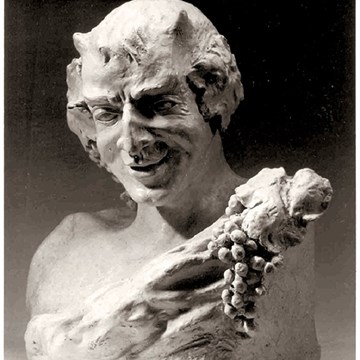Coinage in the Roman World
Since the early 3rd century BC Rome emerged as a significant power and until the 5th century AD her dominance and influence had reached the greater part of the ancient world. Roman coins - denarii, aureii, sestertii, solidi, follies- of gold, silver or copper alloys had been established through trade and administration. The numismatic system was characterised by reforms that aimed at preserving its own stability and its adaptation to the needs of each time. Besides Rome, which was the most significant mint, coins were issued in most of the Roman provinces. Their types promote the prestige of the authority as well as all those elements that functioned as the tenacious bond of the state. Weights and gems offer important information on the public and private lives of people during the Roman period. Coins of the vassal states situated on the periphery of the Roman world as well as those of the Parthian and Sasanian empires complement our knowledge of the empire.
Text source
Image source
Exhibitions and events
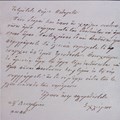
The Iliou Melathron and Heinrich Schliemann
Permanent exhibitionThe room is dedicated to the Iliou Melathron, a monumental 19th century residence in downtown Athens and to the extraordinary personality of its first resident Heinrich Schliemann, the “father of...
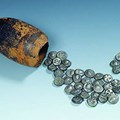
Coinage in the Ancient Greek World – Origins and Spread
Permanent exhibitionThe origins of coinage, its manufacturing technique and the spread of its use are shown in the Hesperides Hall. In the 6th century BC Greek city-states began issuing their own coins. The turtles of...
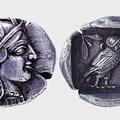
Coinage in the Ancient Greek World – International and Common Coins
Permanent exhibitionThe use of coins spread in the then known world via the Greek colonies in Magna Grecia and the Euxine Pontus. The tetradrachm of the Athenian Democracy as well as the silver tetradrachm and the gold...
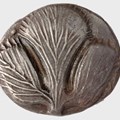
Coinage in the Ancient Greek World – Iconography and Ideology
Permanent exhibitionCoins displayed on their surfaces themes characteristic of the issuing authority and easily recognizable by those who used them. Favourite themes of ancient Greek coin iconography include divinities,...
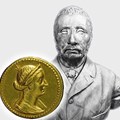
The Great Donors of the Numismatic Museum
Permanent exhibitionCharacteristic pieces from the collections of the most important donors of the Numismatic Museum are exhibited in the dining-room of the Schliemann residence. The assemblage of collections and their...
Activities from this museum
We don't have anything to show you here.



